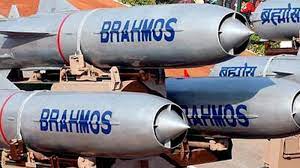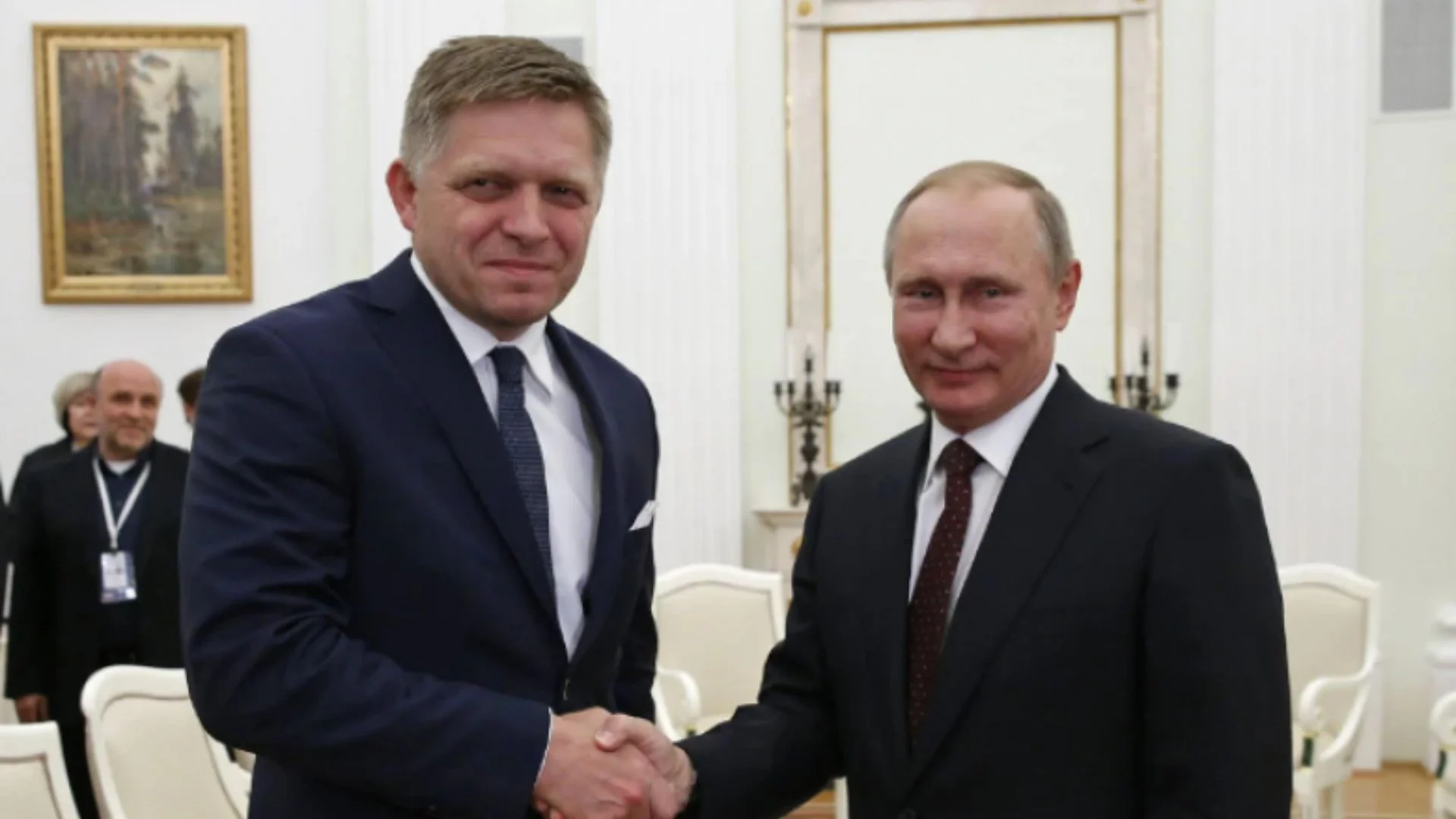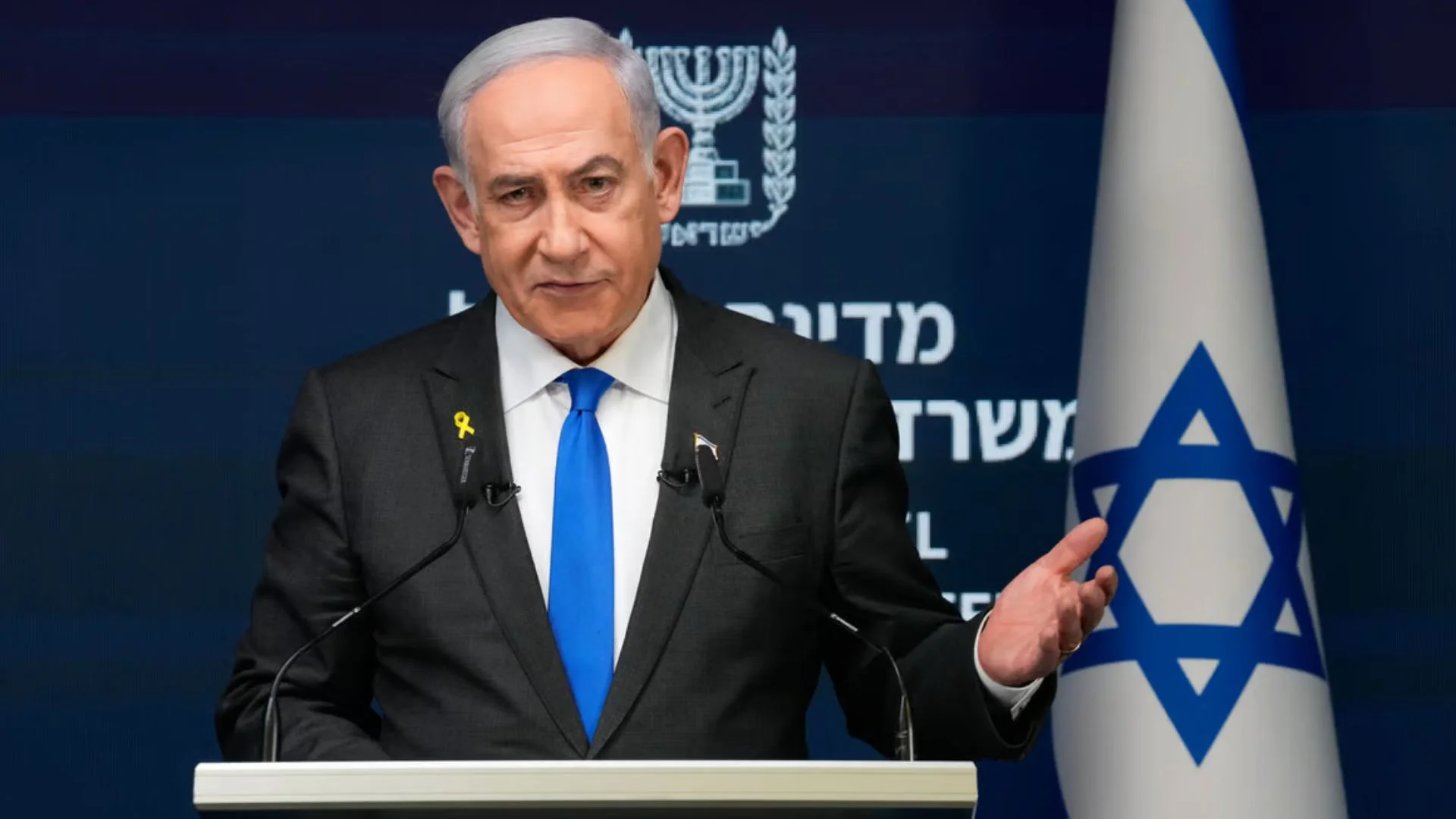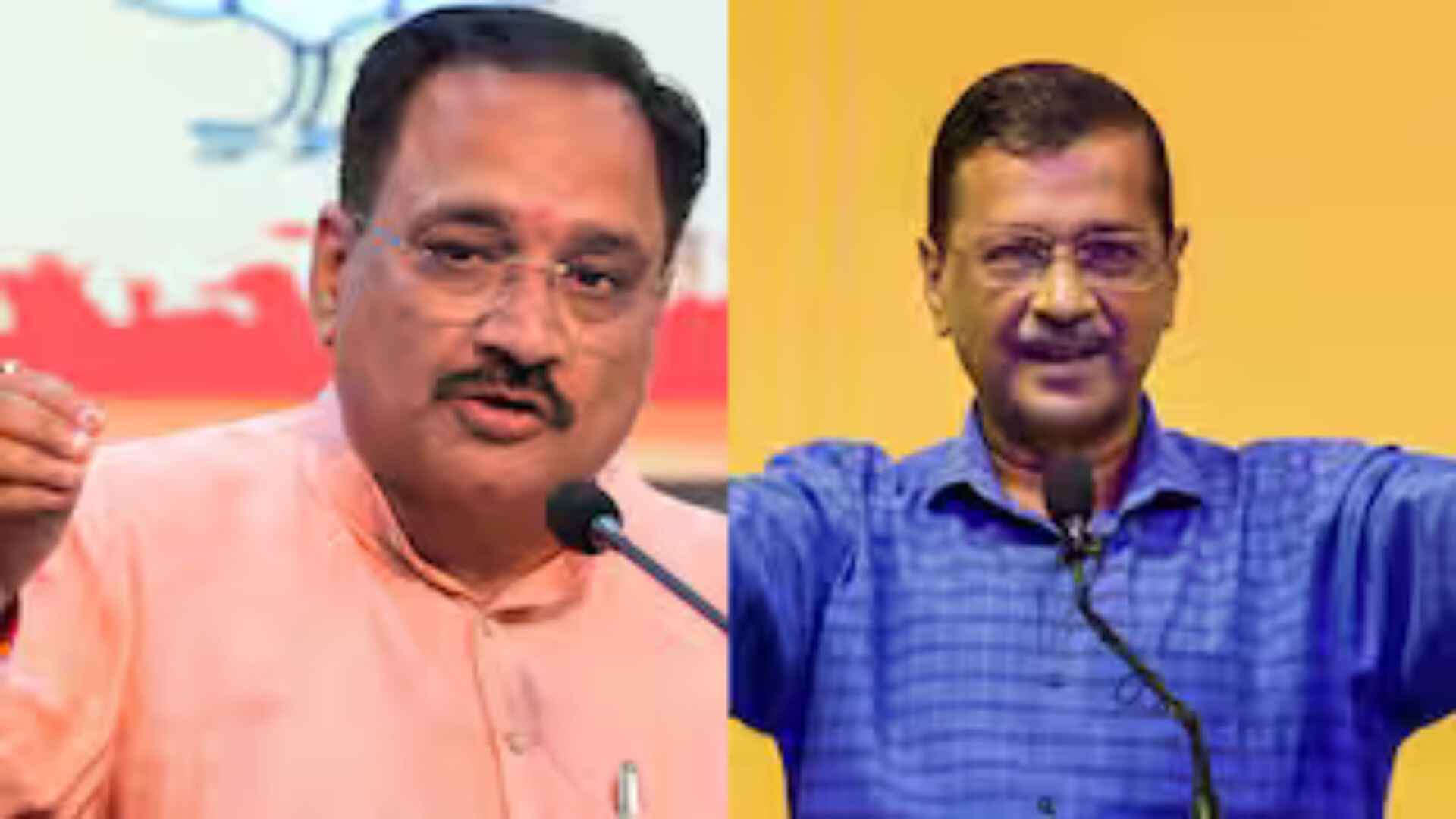Indian defence expenditure of around US$75 billion is the third largest expenditure in the world. In the recent past, India has been one of the largest defence importers in the world, importing highly valued and highly sophisticated defence technology such as fighter aircraft, helicopters, radar and communication systems, warships, submarines, artillery, tanks and other crucial gadgets from mainly from Russia, United States, France, UK, Israel and Japan. Though soon after independence, India started to research and develop infrastructure in defence production, these efforts were limited to the state-owned industries and research capabilities like groups of ordnance factories, HAL, Naval shipyard, and DRDO with glittering dominance until 2011. Defence technology and production were exclusively aimed to be used within the country with no intention of exporting. The prolonged gestational period to develop arms and weaponry and lack of adequate thrust upon transfer of technology linked with import contracts was another hurdle in the growth and Indianization of the defence sector. Defence exports were limited to less than Rs 1500 crore till 2013. There has been a paradigm shift in government policy towards defence production since 2014. The government has realized that India has to be self-sufficient in the field of defence production, as ballooning expenditure incurred on defence imports is a huge burden, and dependency on one particular country in this field may adversely influence India’s global and strategic role in the future. The ongoing Ukraine-Russia conflict and recent standoff on LAC have strongly substantiated the need of the hour to have a state-of-the-art defence production sector within the country.
The process of Atmanirbhar Bharat in defence production cannot be achieved only by restricting production up to the need of Indian armed forces, but has to promote defence exports so as to achieve the ultimate goal of converting India from a prominent global importer to a global leader in the sphere of defence export. The government has streamlined legal and administrative policies and networks to boost production. The new “Defence procurement, acquisition and production policy” of 2018 duly amended in 2020 has set new parameters like opening up defence production to the public and private sectors, enhancing the limit of foreign direct investment (FDI) from 54 % to the 74% and 100% through MoD’s approval. The Union government has established an Export Promotion Council (EPC) to streamline and encourage the process of funding, regulation, Monitoring of production and facilitating the mechanism of defence export without compromising national security measures and international strategic goals.
The policy has set a target of defence exports of almost 12% of worldwide arms export by 2025, which amounts to $5 nillion. The domestic market should be able to contribute up to 80% of the needs of the Armed forces. To further promote domestic defence procurement, two state-of-the-art defence corridors in UP and Tamil Nadu are being developed. The policy has mandated foreign firms to have 100% technology transfer as well as to build a major share of contracts within India with the help of Indian partners and offshoot firms so as to boost defence production within the country. This has resulted in a marked decline in defence imports since 2014 as well as galvanized export substantially during the same period.
Arms exports have witnessed a massive rise from around Rs 2,000 crore in 2014 to Rs 15,920 crore (US$11.6 billion) in FY 2022-23. The composite defence exports by India have crossed nearly Rs 1 lakh crore worth now. The government aims to achieve the target of annual defence export worth Rs 36,500 crore (USD 5 Billion) by 2025. At present, the private sector comprises more than 350 companies that contribute almost 70 % of total defence exports. Apollo Micro Systems Ltd, Astra Microwave Products Ltd, Bharat Electronics Ltd, Reliance Naval and Engineering Ltd, SIKA Interplant Systems Ltd, Bharat Forge and Bharat Dynamic Ltd are major stakeholders in this field. Since 2015, western aero and defence companies like Airbus and Mahindra Defence Systems, Boeing with Tata Advanced Systems Lockheed Martin, and Safran have entered the Indian defence market. The presence of these companies will boost modernization and upgradation of defence technology in the Indian market through dual-use use technology.
Indian defence export has reached up to 84 countries all over the world. Major importers of Indian defence equipment include Italy, Russia, France, Germany, South Africa, Sweden, Israel, Egypt, Australia, UAE, Saudi Arabia, the US, Philippines, Ethiopia, Seychelles, Estonia, Indonesia, SAARC and several other countries. In a significant development, Armenia will receive missiles, rockets and ammunition, including indigenous Pinaka multi-barrel rocket launchers. These countries have recognized India’s capabilities in the defence sector and have sought its products to enhance their defence capabilities. With India’s growing reputation as a defence manufacturer, its exports are likely to increase further in the future.
Indian exports have a wide spectrum of range of military equipment, primarily comprising coastal surveillance, UAV, PPE, fast patrol vessels and torpedoes, coastal surveillance systems, unmanned aerial vehicles, helicopter parts and avionics systems, light transport aircraft, Aircraft Towing Tractor, Weapon Locating Radar, Mortar Bomb 120mm HE, 7.62x51mm Sniper Rifle & 0.338 Lapua Magnum Sniper Rifle. In addition to this, Armoured Protection Vehicle, Mine Protected Ambulance Vehicle, Armoured Light Specialist Vehicle, Heavy construction equipment, Fire Control Systems, missile systems and training simulators are also exported. India has also entered the bracket of defence manufacturer and exporter in the domain of supersonic missiles, tanks, Howitzer medium-range artillery guns, rocket launchers and communication satellites. The landmark deals worth US$375 million export of Brahmos missile to the Philippines and an order of US$155.5 million to Kalyani Strategic Systems, a subsidiary of Bharat Forge, to supply 155 mm truck-mounted Artillery Guns to the country in a non-conflict zone under the government to government contract are a major breakthrough in the current financial year. However, India is yet to establish its prominence in the sphere of high-tech and highly sophisticated technology of fifth-generation fighter aircraft, warships, hypersonic missiles, submarines, and aerospace technology.
Though the government is fuelling all our efforts to attract the latest, highly complex, and state-of-the-art technology. The Strategic partnership model enhanced limit of offset obligation from Rs 300 crore to Rs 2000 crore, and financial incentives through the Technology Upgradation Fund Scheme (TUFS) will be a game changer to boost the growth of domestic production and technology transfer in the defence sector.
There is an impending need to converge upon research and development (R&D), technology transfer, and collaboration between the public and private sectors. It will be highly prudent to establish a department of integrated research and monitoring as a unified umbrella to develop strong synergy among all stakeholders those are linked with the innovation and research in various spheres like nanotechnology, optical, semiconductors, fabrication, metallurgy, chemical, space and other relevant fields so as to quantify maximum utilization of diversified and scattered resources on a common platform to enhance nation building with the ultimate aim of “Make in India” for the world.
Major General J.K.S. Parihar, Sena Medal, Bar to Vishisht Seva Medal (Retd.), is former Additional Director General, AFMS and an expert on Defence and international strategic affairs







